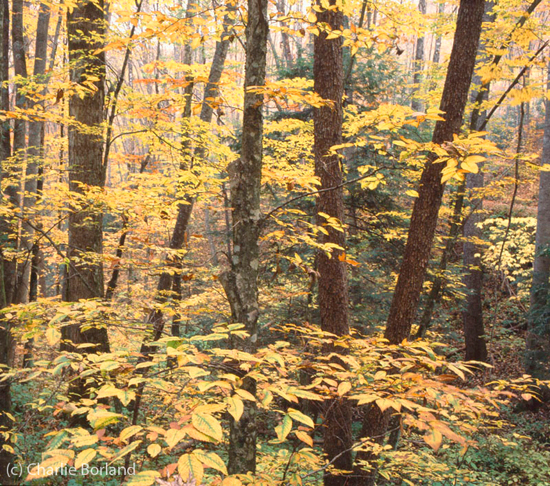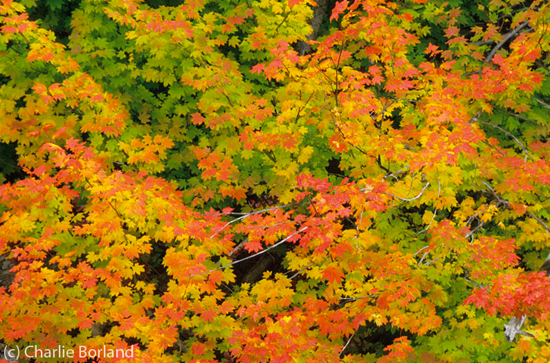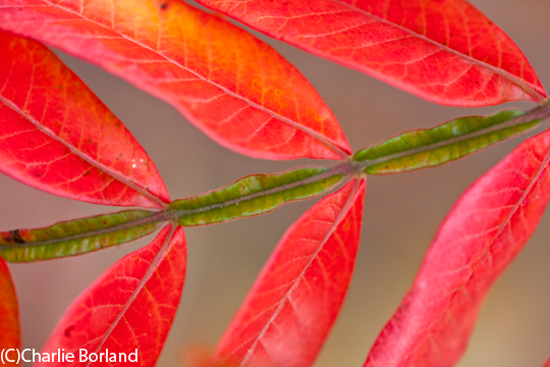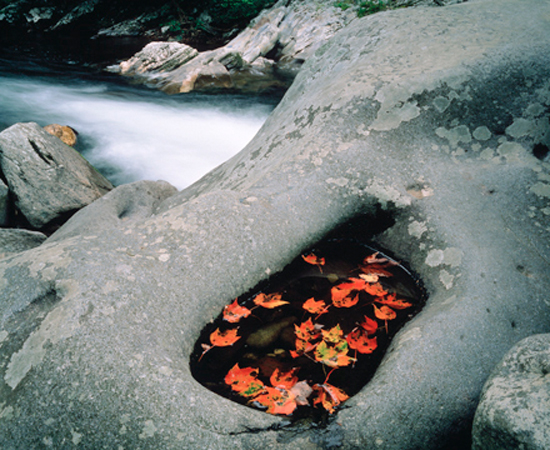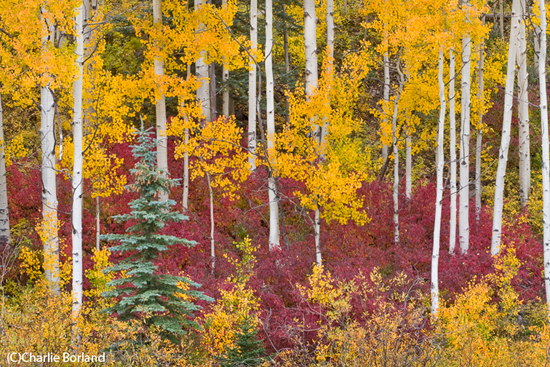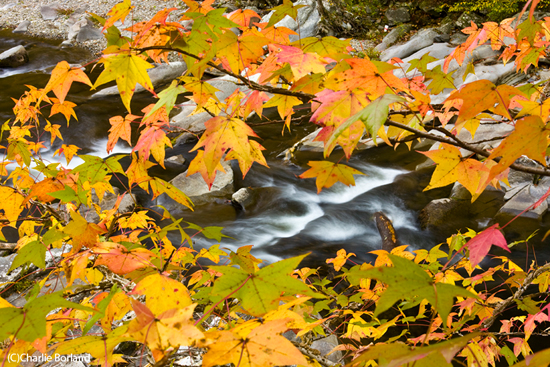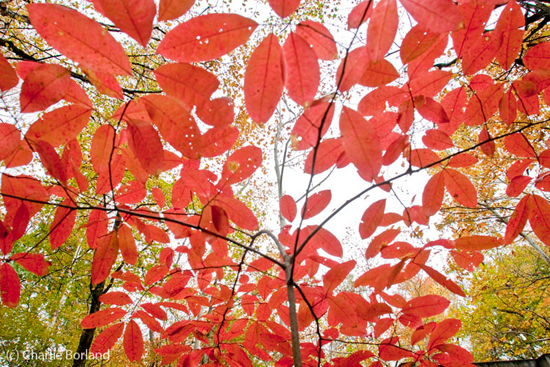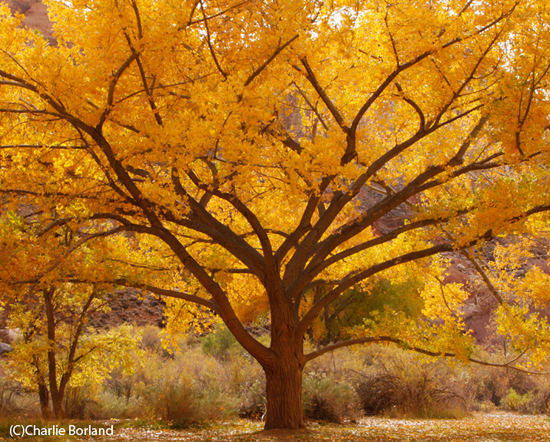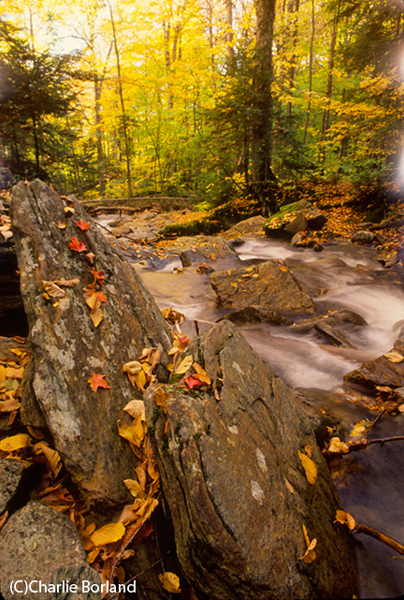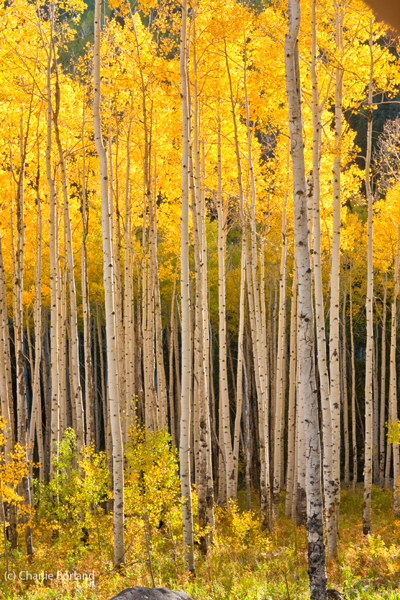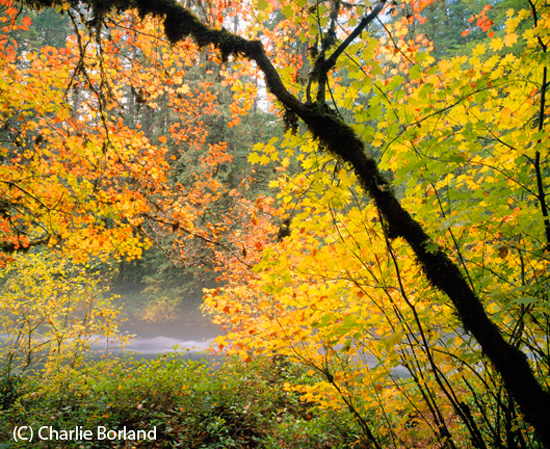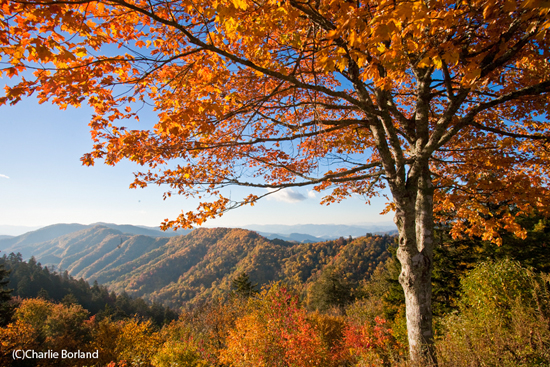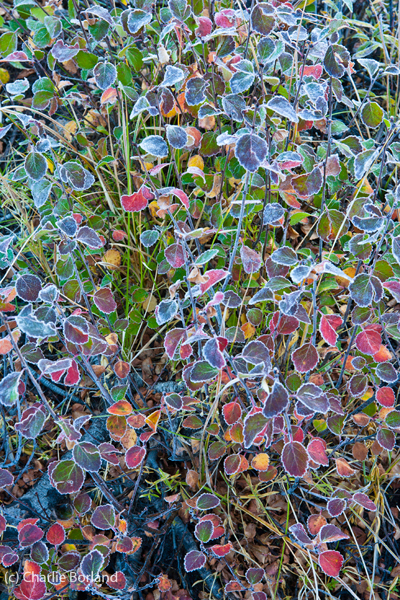Fall has arrived in many areas and photographers are getting ready or are heading out to shoot their favorite places. Many will go to the usual locations like the Smoky’s or New England while others will photograph less known and less crowded locations.
There are many aspects to successful fall color photography and the first important issue is planning. There is no perfect way to predict the precise dates for peak fall color but since there is nothing worse than arriving too late or too early.
A little research can go along way in determining a good average time frame to visit a specific location and the net is full of postings based on peoples experience. The rest may be chalked up to luck.
Photographing fall colors is like many other nature subjects where you seek the best light, a strong composition, technical excellence, and a worthy subject.
Here are a few tips on creating great images of fall foliage:
Great Smoky Mountains, NP
There are many ways to approach fall color from capturing the big picture showing a large scene like mountains with trees to shooting from within the forest. They are all good approaches, but if you tend to shoot only the grand scene, don’t forget to enter the forest and look for detail.
Look for color contrasts. Many areas with extensive fall color have a variety of foliage with unique color based on the species as well as Photosynthesis takes over. Here you can capture a palette of varying colors in a unique way.
Use your depth of field to isolate subjects for maximum impact.
LITTLE RIVER, GREAT SMOKY MTNS. NP
Great pictures are not just about the foliage. Include in your compositions water and mountains and other details that enhance the composition.
COLORADO
Don’t forget good composition. The color can be overwhelming but composition and how you frame that color is what matters. Here we have lines, color, and a fir tree in a 1/3 compositional position.
GREAT SMOKY MTNS. NP
Look for all compositional techniques like patterns that flow and can lead the eye through the scene, or here, framing.
GREAT SMOKY MTNS. NP
Don’t worry about getting dirty. Sometimes some of the best shots come with the camera close to the ground.
CAPITOL REEF NP, UT
White balance can also be an issue in some cases. In the above example, my WB is set to Daylight which I use 99% of the times outdoors. But with the sun shining down through the leaves you can see the amber color of the tree trunk, which is a greyish brown under correct color. Auto WB might get you close, but here is one of the instances where a Custom WB might just be the perfect solution.
HUNTINGTON FALLS, NH
Consider the lighting. When I am in the forest I prefer overcast light in most situations to avoid harsh contrast. However, all light is good light as long as it works well with the subject.
COLORADO
If you do have the sun aiding you consider looking for backlit situations. This helps with contrast. This aspen tree is backlit and shows nice contrast while the image below is also backlit but on an overcast day. Here the leaves are translucent and are photographed from underneath.
MCKENZIE RIVER, OREGON
GREAT SMOKY MTNS. NP
Polarizing filters have a lot of uses both when including skies and when not. Deepening the blue sky allows the leaves to stand out in contrast. In the forest on an overcast day, the polarizer is very useful for removing reflections from leaves allowing better saturation of the colors.
COLORADO
Fall color is not all about trees. Many shrubs also produce great color as they begin to change in the fall.
There are many more ideas and techniques for great fall color than mentioned here. However, with fall changing daily, hopefully these ideas get you motivated to go shoot.
Charlie Borland – BPSOP Instructor
Charlie Teaches:

